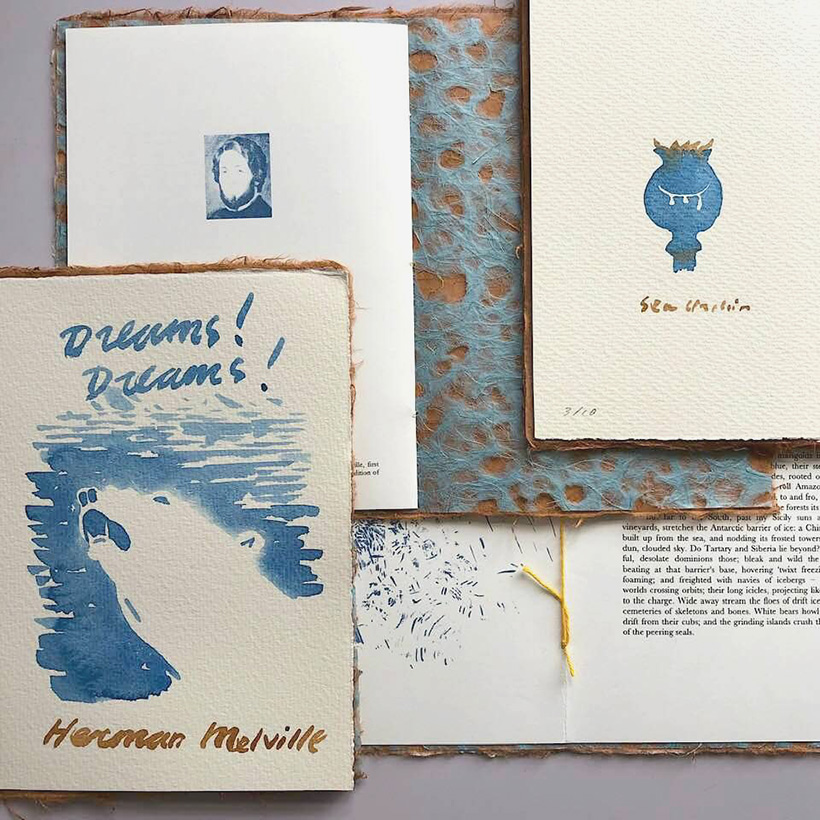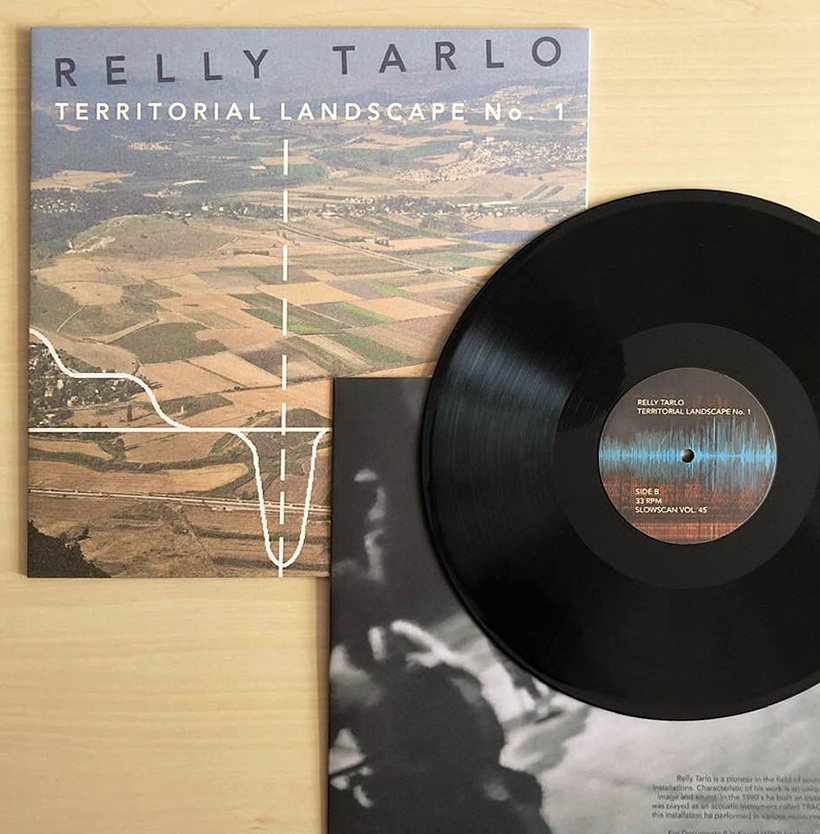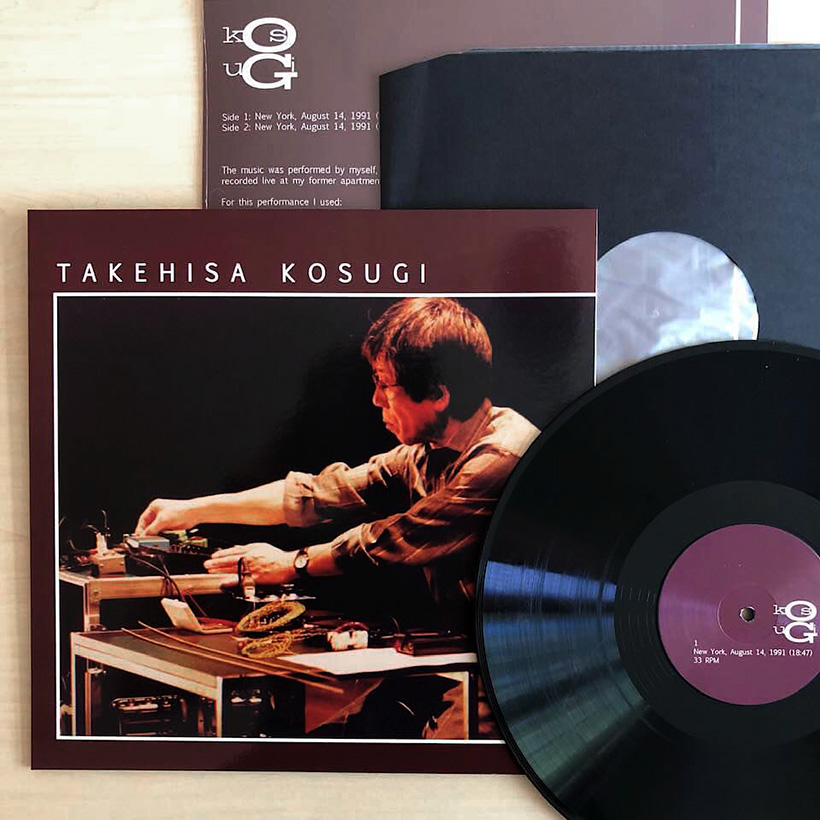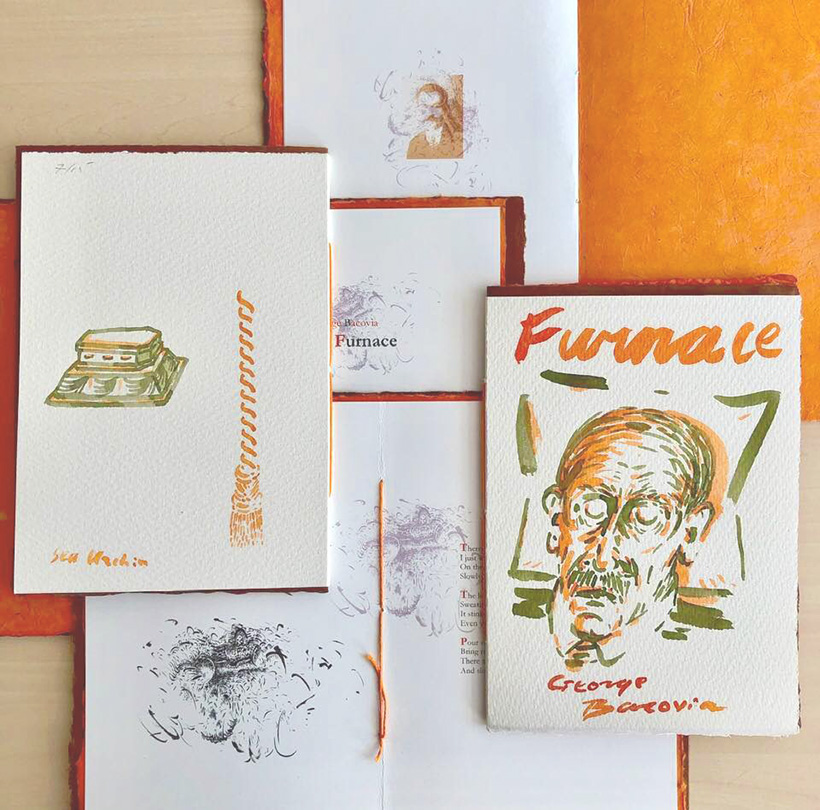 New Sea Urchin chapbook:
New Sea Urchin chapbook:
Herman Melville – Dreams! Dreams!
Dreams! Dreams! is a passage from Herman Melville’s novel Mardi: and a Voyage Thither, published in two volumes in 1849. The book, Melville’s third, was his first work of fiction, whereas his earlier Typee and Omoo were for the greater part autobiographical travel stories. Mardi is set in the South Pacific and initially reads as a travelogue but then blends with philosophical musings on the confrontations of its main characters and the imaginary countries and civilizations that they chance upon. Some critics deemed this blend of adventure and allegory unsuccessful while others – such as Nathaniel Hawthorne – praised its depth and complexity. The Sea Urchin chapbook contains a description of one of the main character’s dreams lifted from Chapter XV of the second volume of the book. In this passage Melville, himself an opium smoker, masterly sketches opium fuelled visions of prairies and endless herds of buffalo, rolling oceans, mountains upon mountains and navies of icebergs, where polar bears howl as their cubs drift away and floes crush the skulls of curiously onlooking seals. Dreams. Wild dreams. For ever. And Ever.
This Sea Urchin chapbook, with artwork by Ben Schot, was published in an edition of 10 copies only, which were reserved for collectors of the series. For that reason no extra copies are left for retail.




